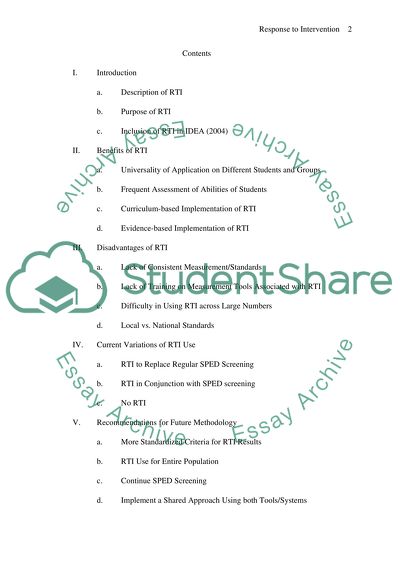Cite this document
(“Response to Intervention instead of Special Education Screening Research Paper”, n.d.)
Retrieved from https://studentshare.org/family-consumer-science/1418603-response-to-intervention-instead-of-special
Retrieved from https://studentshare.org/family-consumer-science/1418603-response-to-intervention-instead-of-special
(Response to Intervention Instead of Special Education Screening Research Paper)
https://studentshare.org/family-consumer-science/1418603-response-to-intervention-instead-of-special.
https://studentshare.org/family-consumer-science/1418603-response-to-intervention-instead-of-special.
“Response to Intervention Instead of Special Education Screening Research Paper”, n.d. https://studentshare.org/family-consumer-science/1418603-response-to-intervention-instead-of-special.


